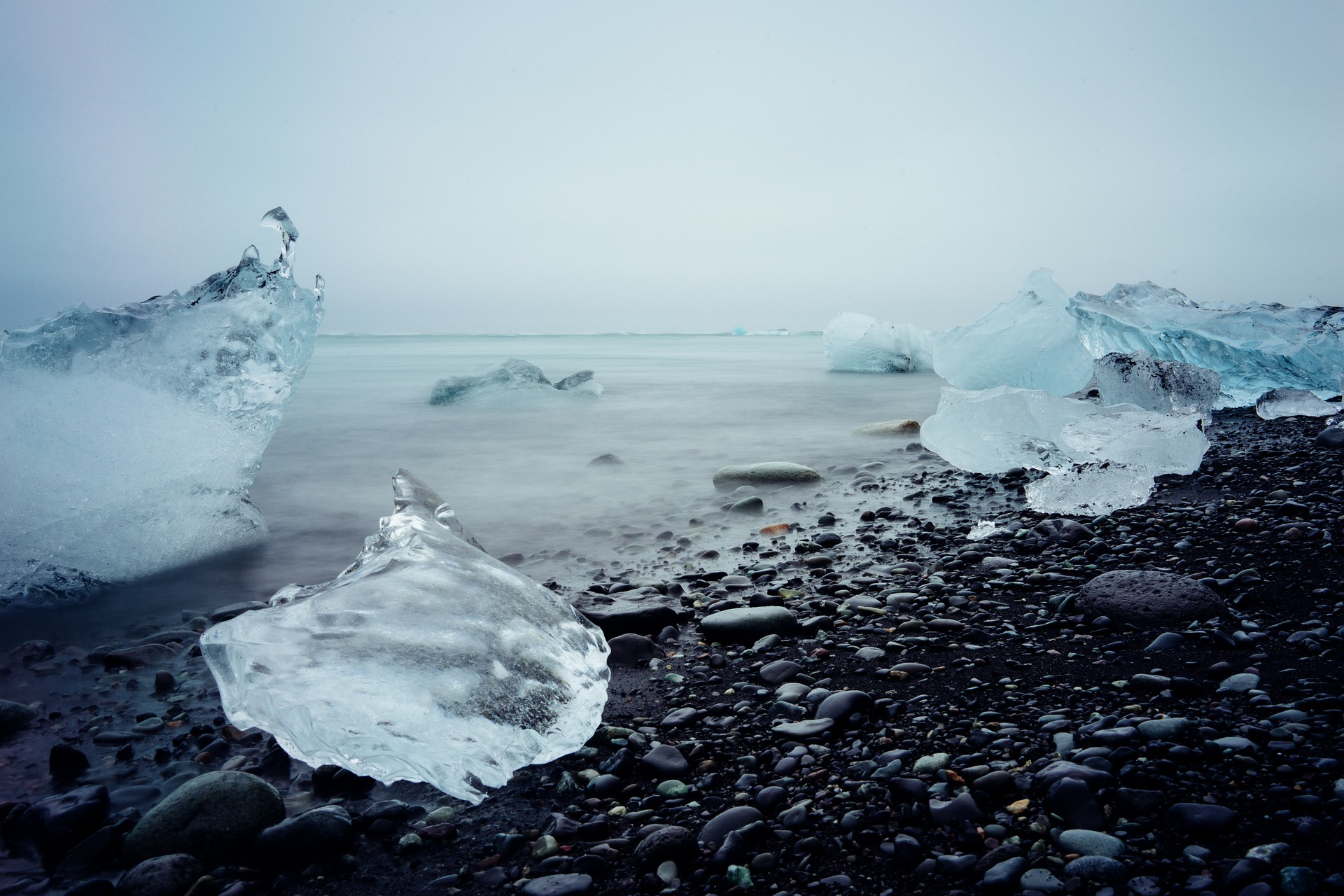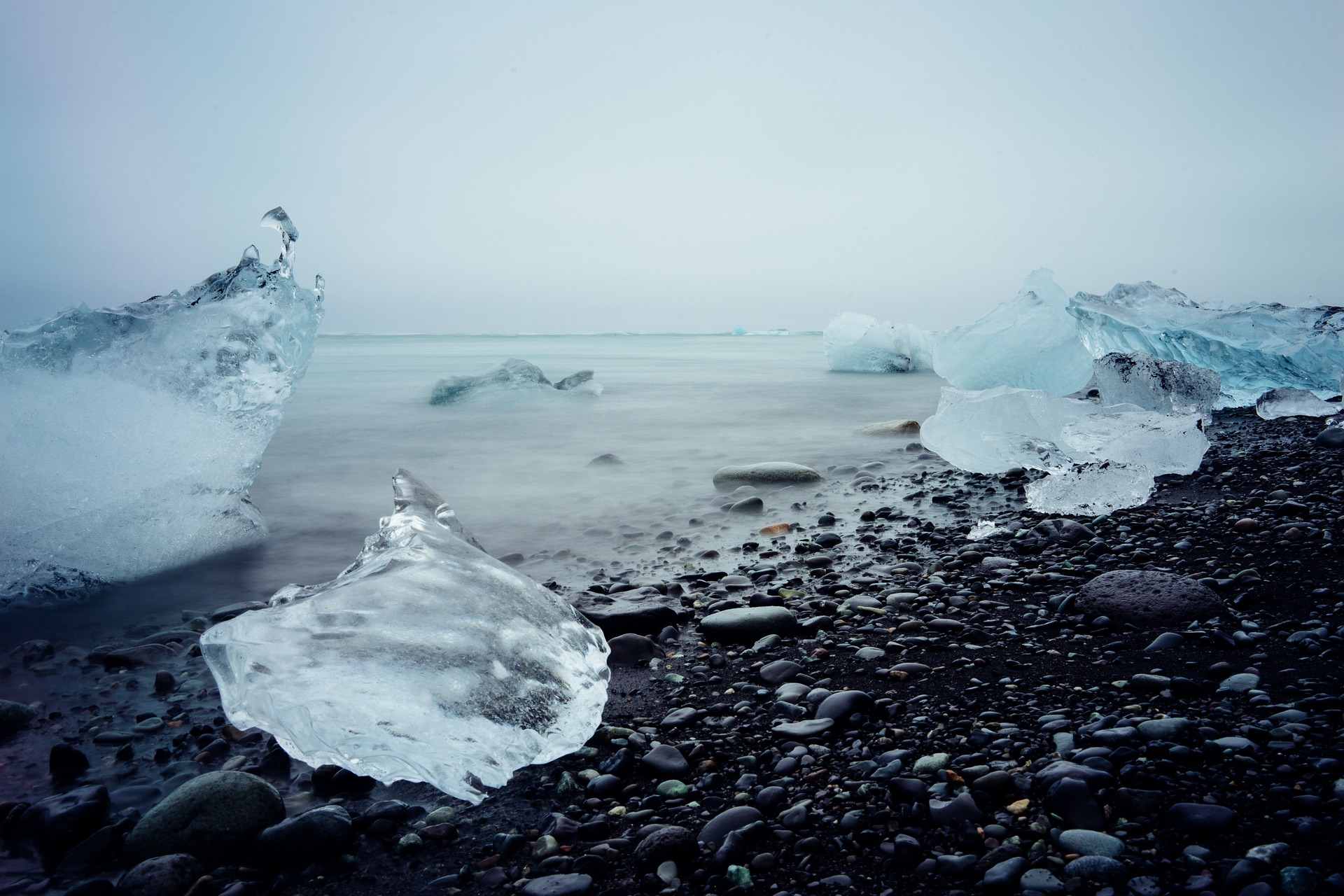
What’s a cave bear? The name seems obvious enough, but the news that a preserved cave bear have been found in far Norther Russia still warranted a quick search.
The cave bear, or Ursus spelaeus, went extinct over 20,000 years ago. So the discovery of a preserved specimen, complete with soft tissue, has researchers excited. This is the first specimen with soft tissue that has been found, according to Marc Bennetts of the Times. How did it manage to be so perfectly preserved after all this time?
According to a report from CNN’s Anna Chernova and Lianne Kolirin, the bear was found in the New Siberian Islands of far northern Russia, preserved by the frozen ground for more than 15,000 years. A group of reindeer herders discovered the cave bear carcass, accidentally stumbling upon a scientific needle in a haystack – and a bellwether for significant change. The meters-thick permafrost in the Arctic is thawing after being frozen for millennia. What impact will that have?
Ed Struzik, writing in Yale Environment 360, has said that up to 40% of the world’s permafrost – more than 2.5 million square miles– may thaw by the end of this century. He writes that this will release “huge stores of greenhouse gases, including methane, carbon dioxide, and nitrous oxide.”
The impact has been observed by scientists and the public in regions like Siberia. Rising temperatures in the region – long synonymous with the icy cold – have helped fuel dramatic wildfires across the region. The juxtaposition of a northerly, Arctic region suffering intense heat and wildfires grabbed headlines earlier this summer.
Scientists have pointed to the extreme weather seen in 2020 as evidence of the ongoing impact of climate change. What do you think of current government policies for addressing climate change? Are these policies taking the right approach, or is there something you feel should be addressed differently?


